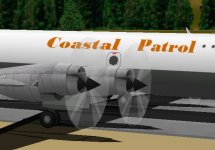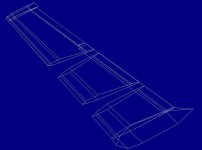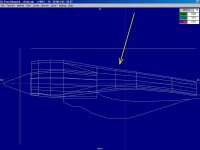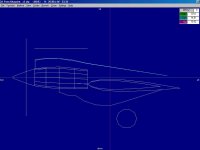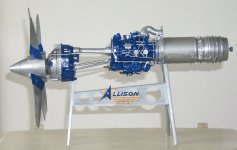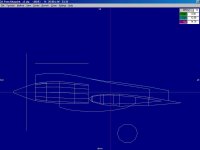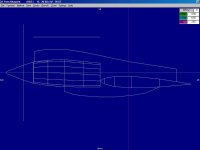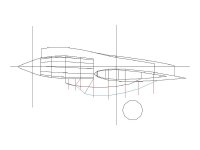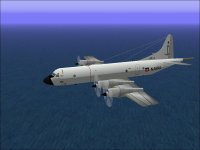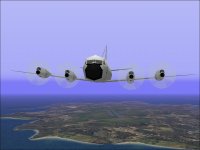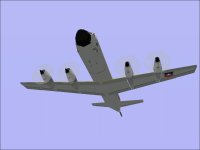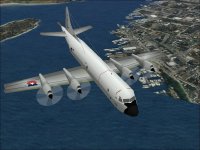Hello Aleatorylamp,
That Wing looks pretty good though it does make me wonder how you are planning to do the Fowler Flaps.
I take it from your division of the pieces that you still intend to have an animated Aileron?
Last night I started working on the Propellers and Engines as you can see from my previous post, but didn't get far because I simply had not taken enough measurements to really do anything useful. This morning I took a bunch more measurements from photographs but the problem is that I am not getting consistent numbers. Next step is to check the drawings.
Now, time to make a first attempt at Engines....
- Ivan.
That Wing looks pretty good though it does make me wonder how you are planning to do the Fowler Flaps.
I take it from your division of the pieces that you still intend to have an animated Aileron?
Last night I started working on the Propellers and Engines as you can see from my previous post, but didn't get far because I simply had not taken enough measurements to really do anything useful. This morning I took a bunch more measurements from photographs but the problem is that I am not getting consistent numbers. Next step is to check the drawings.
Now, time to make a first attempt at Engines....
- Ivan.

